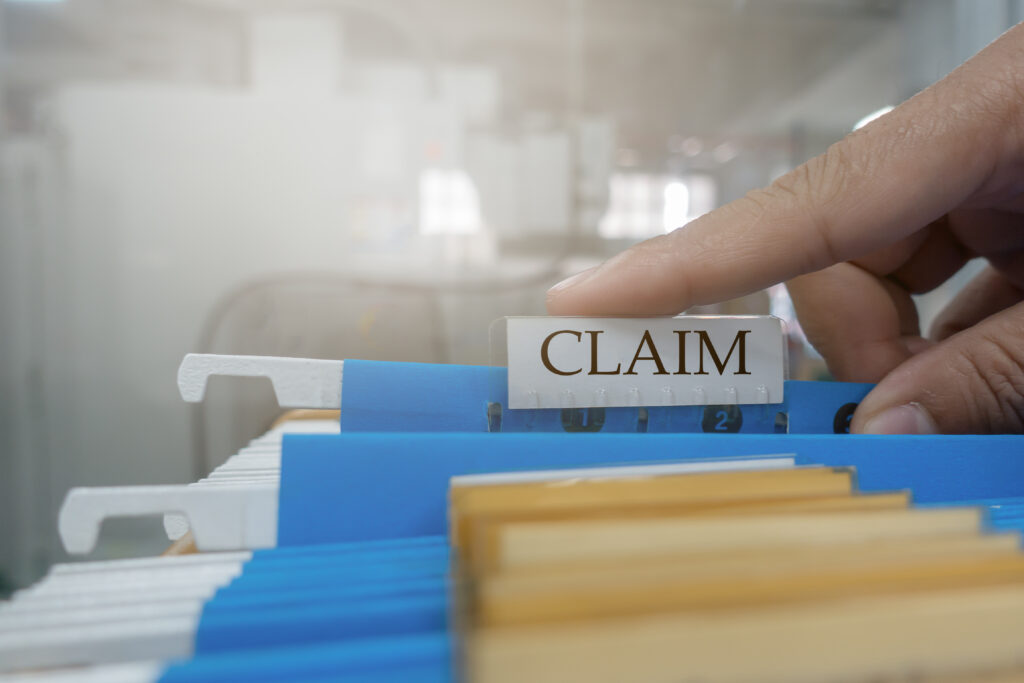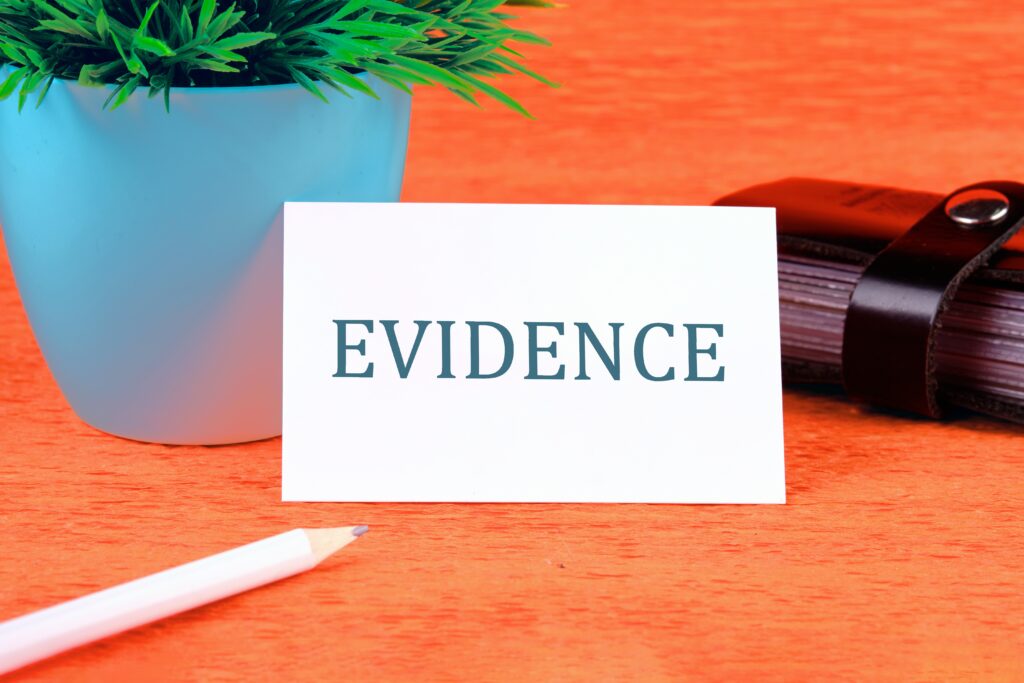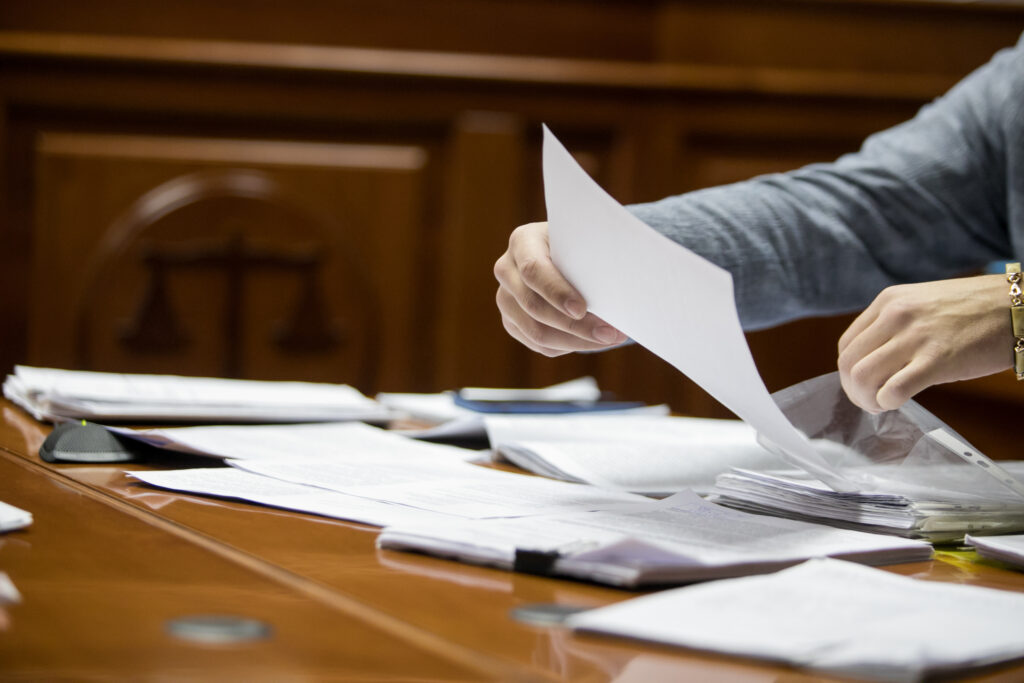When someone dies in a car accident due to another driver’s negligence, the executor or administrator of the deceased individual’s estate – or certain surviving family members – may pursue a wrongful death claim to seek compensation for their losses. The Fatal Accidents Act allows specific individuals to file such claims, including the deceased’s spouse, common-law partner, children, and parents. If these individuals are not available, siblings or other dependents may also be eligible. The claim can cover economic damages like lost income and funeral costs, as well as non-economic damages for emotional distress.
If you recently lost a loved one in a car crash due to another driver’s reckless behaviour, you are not alone. A skilled and compassionate wrongful death lawyer in Edmonton can determine your legal options and pursue the compensation that you and your family need at this difficult time.
How do Fatal Car Accidents Typically Happen?
Fatal car accidents often occur due to the negligence of other drivers, which can take many forms.

- One common type of negligent driving is distracted driving. This behaviour involves any activity that diverts attention from the road, including texting, talking on the phone, eating, or adjusting the radio. For instance, a driver who looks down at their phone for just a few seconds may not notice a red light or a stop sign, leading to a fatal collision.
- Another significant factor in fatal car crashes is speeding. Many drivers ignore speed limits, believing they can save time without consequences. Speeding reduces a driver’s ability to react quickly to unexpected situations, such as a pedestrian crossing the road or a car abruptly stopping. When two vehicles collide at high speeds, the force of impact can be catastrophic, often resulting in fatal injuries.
- Driving under the influence of alcohol or drugs is another critical factor in fatal car accidents. Intoxicated drivers often experience impaired judgment, reduced coordination, and slower reaction times, significantly increasing the likelihood of a deadly crash. For example, a driver who runs a red light while under the influence can cause a multi-vehicle accident, putting numerous lives at risk.
- Reckless driving also contributes to many fatal accidents. This behaviour includes aggressive maneuvers like tailgating, changing lanes without signalling, and road rage incidents. When a driver engages in reckless behaviour, they endanger not only themselves but also everyone else on the road. A classic scenario is when a driver weaves in and out of traffic, causing others to brake suddenly, leading to rear-end collisions or side-impact crashes.
- Poor weather conditions, such as rain, snow, or fog, can exacerbate the effects of negligent driving. Drivers who fail to adjust their speeds or maintain a safe distance during inclement weather increase their chances of causing a fatal accident. For instance, a driver who ignores the reduced visibility during foggy conditions may misjudge the distance to another vehicle, resulting in a collision.
What is the Process of Filing a Wrongful Death Claim?
Filing a wrongful death claim is a legal process that allows the family members of a deceased person to seek compensation for their loss when someone else’s negligent, wrongful, or intentional actions caused that death. Although the specific laws and procedures may vary by province, the general process typically involves several key steps.
- Understanding Wrongful Death – A wrongful death claim arises when an individual dies due to the negligent or intentional actions of another party. Common causes include motor vehicle collisions, such as car crashes. It’s essential to determine whether you have a valid claim based on these circumstances.
- Identify Eligible Parties – In most cases, immediate family members, such as spouses, children, and parents, are eligible to file a wrongful death claim.
- Gather Evidence – Collecting evidence is important to building a strong case. This includes police reports, medical records, witness statements, and any relevant documentation that demonstrates the negligence or wrongdoing of the at-fault driver.
- Consult an Experienced Wrongful Death Lawyer – Engaging a lawyer who regularly handles wrongful death cases is vital. A lawyer can help you understand your rights, assess the strength of your case, and navigate the legal process. They can also assist with gathering evidence and representing you during settlement negotiations or court proceedings.
- File a Claim – Once you have determined your eligibility and gathered the necessary evidence, your lawyer will file a formal claim with the appropriate insurance company, outlining the details of the case and the compensation being sought.
- Negotiation and Settlement – After filing, the insurance company adjuster may respond with a counteroffer. Most wrongful death claims are settled out of court through negotiation. Your lawyer will negotiate on your behalf to ensure that you receive fair compensation for damages such as loss of income, funeral costs, and emotional suffering.
Most Important Evidence in a Wrongful Death Claim or Lawsuit

In a wrongful death claim or lawsuit stemming from a car crash, the evidence presented is critical to establishing liability and proving the damages that the deceased individual’s family suffered. The following types of evidence are among the most important in building a strong case:
- Accident Reports – If the wrongful death resulted from a car accident, police or accident reports are vital pieces of evidence. These documents typically include details about the incident, witness statements, and any citations issued to parties involved. Accident reports help establish the facts surrounding the incident and can indicate negligence or liability.
- Witness Statements – Eyewitness accounts can provide firsthand information about the events leading to the death. Witnesses can describe what they saw, heard, and experienced, which can help clarify the circumstances surrounding the car accident. Gathering written statements from witnesses can bolster the case and provide support for the claim.
- Expert Testimony – In many cases, expert witnesses are necessary to provide specialized knowledge related to the case. For example, medical experts can explain the cause of death, while accident reconstruction specialists can analyze the details surrounding the car crash. Expert testimony can help establish negligence and clarify complex issues.
- Photographs and Videos – Visual evidence, such as photographs or videos of the car accident scene, can be powerful in illustrating the circumstances surrounding the death. Images can capture the location, vehicle damage, road conditions, or other relevant factors. Surveillance footage from nearby cameras can also provide valuable insights into the incident.
- Financial Records – Evidence of the deceased’s financial situation, including income, expenses, and future earning potential, is essential for calculating damages. This may include tax returns, pay stubs, and documentation of benefits. Establishing the financial effects of the loss is vital for determining compensation for lost income and future support.
- Personal Testimony – Family members and friends can provide testimony about the deceased’s character, their relationships, and the emotional effect of the loss. This personal testimony helps to illustrate the profound effect the death has had on those left behind.
What Happens at a Wrongful Death Trial?
During a wrongful death trial, a family seeks justice for the loss of a loved one due to another party’s negligent or intentional actions. Here’s a detailed look at what happens during a wrongful death trial:
- Pre-Trial Motions and Preparation – Before the trial begins, both parties engage in pre-trial motions and preparation. This phase may involve filing various motions, such as requests to exclude certain evidence. Both sides also prepare their arguments, gather evidence, and identify witnesses. Discovery is a key part of this process, where both parties exchange relevant information and documents. This phase can be lengthy but is key for building a strong case.
- Jury Selection – Once the trial date arrives, the first significant event is jury selection. A fair and impartial jury is essential in determining the case’s outcome. During this process, potential jurors are questioned by both parties’ lawyers to assess their biases or preconceived notions about the case. Each side can challenge jurors and request their dismissal. After selecting a jury, the trial officially begins.
- Opening Statements – The trial commences with opening statements from both parties’ lawyers. The wrongful death claimant’s lawyer presents an overview of the case, outlining the evidence they will introduce and explaining how the at-fault party’s actions led to the wrongful death. Then, the defence lawyer provides their opening statement.
- Presentation of Evidence – The main part of the trial is the presentation of evidence. The claimant first calls witnesses to testify and introduces various documents, such as medical records, police reports, and expert opinions. Witnesses may include family members, medical professionals, and accident reconstruction specialists who can help establish liability. The defence has the opportunity to cross-examine these witnesses, attempting to highlight inconsistencies or weaknesses in their testimonies. After the claimant rests their case, the defence presents its evidence.
- Closing Arguments and Jury Deliberation – Once both sides have presented their evidence, the trial moves to closing arguments. Each lawyer summarizes their case, emphasizing key evidence and making a final appeal to the jury. The claimant’s lawyer typically goes first, followed by the defence, and finally, the claimant has a chance for rebuttal. After closing arguments, the jury receives instructions from the judge about the legal standards they must consider when deliberating. They then retire to the jury room to discuss the case and reach a verdict. The jury deliberation process can vary in length, depending on the complexity of the case and the evidence presented.
Common Types of Wrongful Death Compensation

Compensation for car-accident wrongful death claims and lawsuits is primarily governed under the Fatal Accidents Act, which outlines the types of damages available to the deceased’s surviving family members. This legislation provides various forms of compensation aimed at lessening or alleviating the financial and emotional burdens resulting from the loss of a loved one.
Economic Damages:
- Loss of Income – One of the most significant components of wrongful death compensation is for lost income. This includes the deceased’s income, benefits, and potential future earnings that their family can no longer receive. Factors such as the deceased’s age, job type, and career prospects are considered in determining this amount.
- Funeral and Burial Expenses – The costs of the funeral and burial are recoverable under the Act. This can encompass various expenses, such as funeral service fees, burial plots, cremation costs, and other related expenditures that arise during this difficult time.
- Loss of Services – Families may also seek compensation for the loss of essential services that the deceased provided, such as childcare, household maintenance, and other contributions to family life. This compensation is often calculated based on the cost of replacing these services.
Non-Economic Damages:
- Loss of Companionship – This damage addresses the emotional effect of losing a loved one in a car crash. Surviving family members can claim damages for the loss of companionship, support, and guidance that the deceased provided.
- Pain and Suffering – Compensation may also be available for the deceased’s pain and suffering experienced before death due to their injury. Additionally, the emotional distress that family members faced can also be factored into the claim.
- Loss of Consortium – This compensation specifically addresses loss of the intimate relationship between spouses, recognizing the emotional and physical void that the deceased partner left.
Bereavement Benefits:

Under the Fatal Accidents Act, bereavement benefits are specifically designed to provide immediate financial support to close family members of the deceased. These benefits are typically paid out as a fixed sum, intended to address the emotional distress resulting from the loss. The Act stipulates that these benefits can go to the deceased’s spouse, children, and, in some cases, parents or siblings, depending on the family structure. Bereavement benefits help to lessen the financial effect of a sudden loss, allowing families to focus on their grieving process without the added burden of financial strain.
Understanding these provisions is important for families seeking justice and financial relief after the tragic loss of a loved one in a car crash.
Contact an Experienced Wrongful Death Lawyer Today
If you recently lost a loved one in a fatal car accident resulting from someone else’s negligent or careless behaviour, a skilled personal injury lawyer in Edmonton can handle every step of the process for you. Throughout the process, your lawyer will aggressively fight for the compensation and justice that you and your family need at this difficult time.
